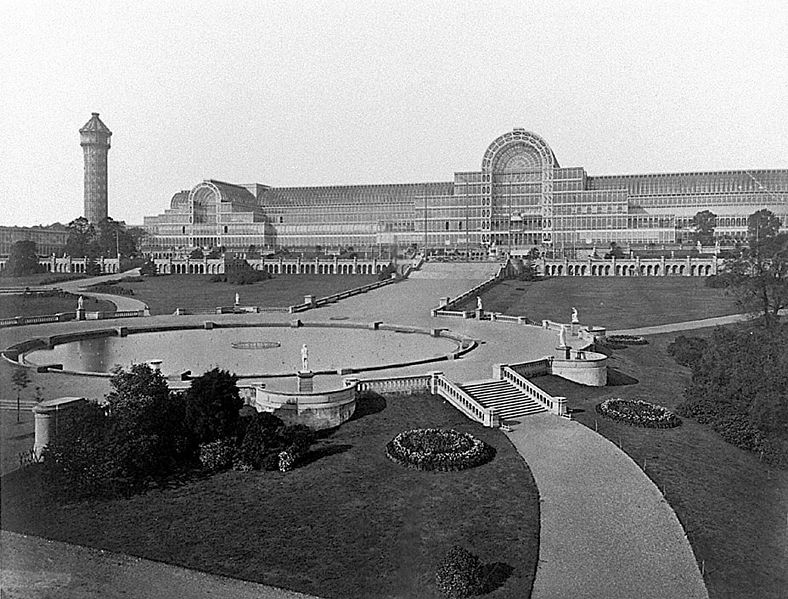The Eiffel Tower (French: La
Tour Eiffel ) is an iron lattice tower located
on the Champ de mars in Paris. It was named after the
engineer Gustave Eiffel, whose company designed and built the tower.
Erected in 1889 as the entrance arch to the 1889 World's Fair, it was
initially criticised by some of France's leading artists and
intellectuals for its design, but has become both a global cultural
icon of France and one of the most recognizable
structures in the world. The tower is the tallest structure in
Paris and the most-visited paid monument in the world; 6.98
million people ascended it in 2011. The tower received its 250
millionth visitor in 2010.

After the exhibition, the building was rebuilt in an enlarged form on Penge Common next to Sydenham Hill, an affluent South London suburb full of large villas. It stood there from 1854 until its destruction by fire in 1936.

No hay comentarios:
Publicar un comentario